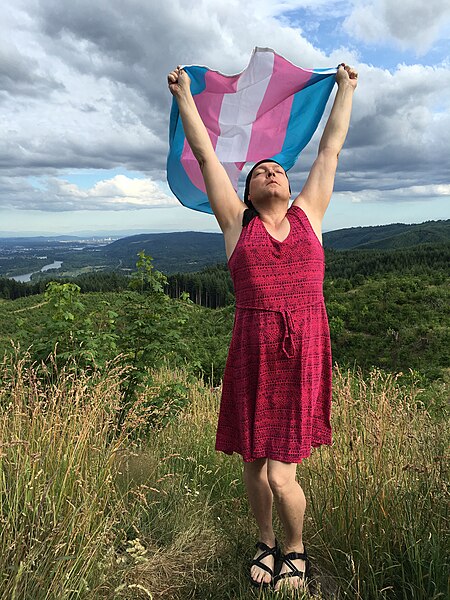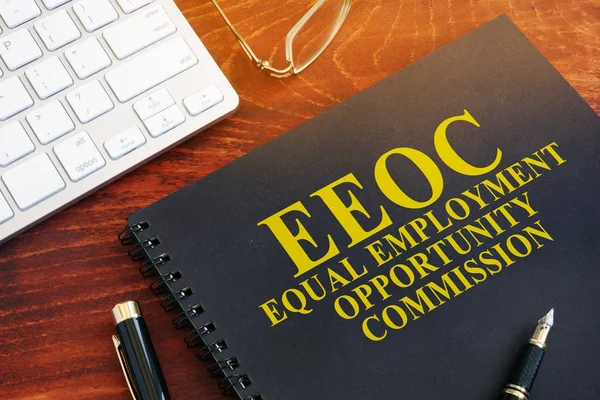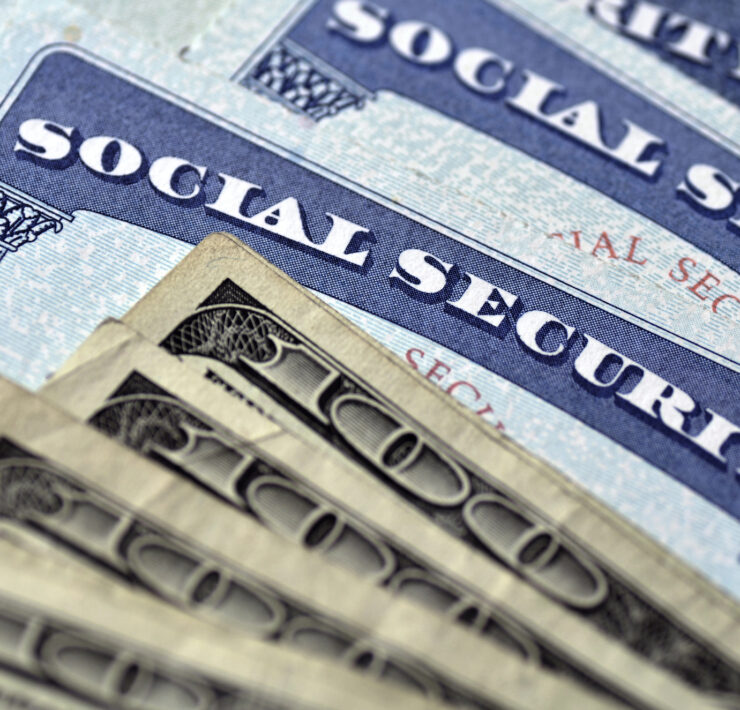Gender Not Listed: A Brief Intro

My name is Marie and I am by trade, an…
We live in a world where there is a premium on placing people neatly into categories, and nonbinary folx are here to really fuck that up for you. Gender, race, jobs, and many other social signifiers are ways in which we are judged daily, on sight. What happens when you see a dude with a skirt, or a woman with a beard? Your mind struggles to put that person into a box. And that’s what we’re here for! Take that box, and throw it out. Try thinking circles, spectrums, even a vacuum. Outside of just being our majestic, expressive selves, we make you rethink what you think you know about gender.
Let’s talk about categories in the queer community. Not only are we represented by an acronym that is meant to encompass every flavor of gender and sexuality “minorities,” there are levels of presentation and umbrellas, and nearly everyone has their own definition of where their identity falls. That’s our prerogative, but it can get confusing. Most organizations toss nonbinary folx under the general umbrella of transgender, and for some people, that’s how they identify. But not all.
Nonbinary people can range from genderfluid, bigender, and agender—just to name a few categories. Essentially, this means that we don’t fall neatly into a “man” or “woman” category (so actually, it’s pretty simple!). Nonbinary people can be the androgynous person that makes you question the boxes, or we can be very in line with a gender you find easily identifiable. None of these are less valuable than any other. While trans binary people have made incredible headway in gaining recognition and worked tirelessly to queer America’s rigid culture, the focus on this column will be to highlight people who identify outside of the gender binary because of some important implications of what it means to leave the binary behind.
Why is this relevant? By looking around, it’s plain to see that the landscape of gender is changing. It’s the reason why our elders and conservatives are stumbling over pronouns, why drag queens are not allowed to read to children, why the queer community is so often under attack. WE MAKE THEM QUESTION. WE MAKE THEM THINK. And nonbinary people are crucial in this change because it’s not just gender that we are challenging.
The Williams Institute estimates that 1.2 million folx identify as nonbinary, mostly white and under the age of 29. But let’s get into how that might be problematic. Black and Indigenous people of color, as well as many other cultures, have long been queering gender. Two-spirit people in the Indigenous communities are revered, and the Hindu culture has a long history of Hijras, a third gender that holds a discriminated status, not too unlike trans folx in America. Not to mention Indonesia, Madagascar, and the Philippines who also recognize more than binary genders. Across the world, nonbinary people are rebelling against the idea that we can only be ONE thing. And, with going on 8 BILLION people in the world, this is a ludicrous idea to structure a society around.
In the United States, this is a subject of great contention. Most people that are opposed to the idea of nonbinary or trans folx see it in opposition to what they call “the good ol’ days.” But who was that good for? Mostly, white Christian people who believe that slavery, hatred, and discrimination were the natural right of the population—and sorry to say, those people are still very much around. But with the invention of the internet, the spread of information and enlightenment that comes with progress shows us this is a mindset that must change.
And it is changing.
We like binders and crop tops, and long hair and short hair—in every color imaginable. We like wearing flowery dresses and wearing butch ass pants with Eminem beaters. We could stick with one look, or change looks often. On the vast spectrum of humanity’s physical appearance, we span the gamut.
We are too expansive to put a stamp on and too transformative to stay in a box. There is no right or wrong way to be nonbinary, and that’s how we like it.
My name is Marie (she/they), and this column is dedicated to the overlooked population of nonbinary folx and our untamed perspectives. In future columns, we will talk about intra-community conflict, being “queer enough,” the transition process, and the evolution of identity and much, much more. Stay tuned.
What's Your Reaction?
My name is Marie and I am by trade, an Applied Sociologist, working with underserved communities to achieve community justice. Currently, I work in Education. I am introverted, genderqueer an avid reader and all-around weirdo. Love growing plants, petting furry animals and witchy self-care.










